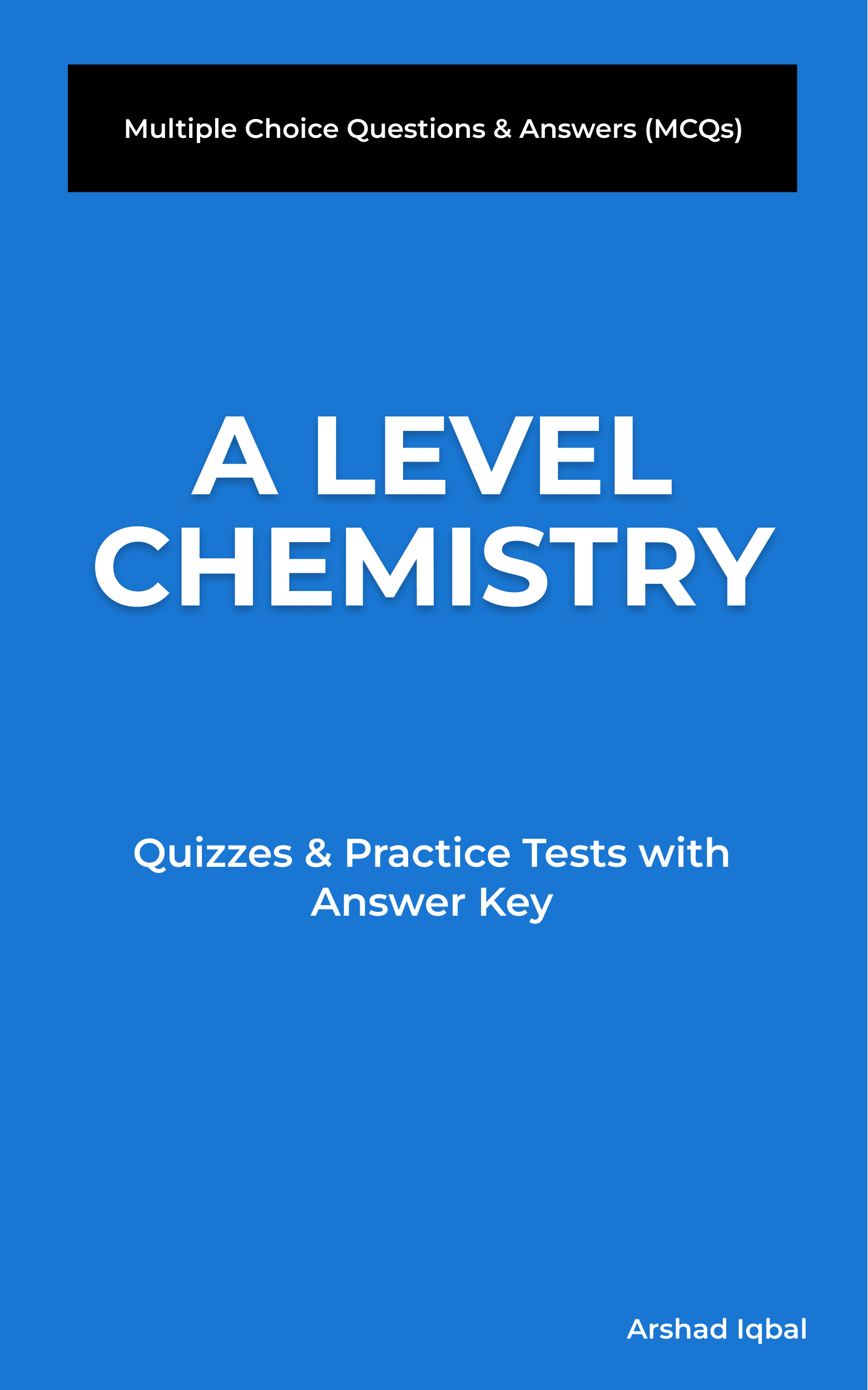IGCSE A Level Chemistry Practice Test 275
Chemical Bonding Electron Pair and Repulsion Theory Quiz PDF: Questions and Answers - 275
The e-Book Chemical Bonding Electron Pair and Repulsion Theory Quiz Questions and Answers, chemical bonding electron pair and repulsion theory Quiz MCQs PDF download, chapter 6-275 to study free igcse chemistry online courses. Study Chemical Bonding MCQ Questions PDF, chemical bonding electron pair and repulsion theory Multiple Choice Questions (MCQ Quiz) for online college degrees. The Chemical Bonding Electron Pair and Repulsion Theory Trivia App Download: Free educational app for chemical bonding electron pair and repulsion theory, density of group ii elements, physical properties periodicity, mechanisms: organic reactions, metallic character of group iv elements test prep for online college courses.
The Quiz: Shape and bond angles is not dependent upon; "Chemical Bonding Electron Pair & Repulsion Theory" App Download (Android & iOS) Free with answers number of binding pairs, number of lone electron pairs, total number of electrons around an atom and number of electrons in the valence shells to study online college courses. Practice chemical bonding questions and answers, Google eBook to download free sample for best ACT prep courses online.
Chemical Bonding Electron Pair & Repulsion Theory Questions and Answers PDF Download: Quiz 275
MCQ 1371: Shape and bond angles is not dependent upon
MCQ 1372: The density of Calcium (Ca) being the lowest in Group-II elements, the next element of lowest density is
MCQ 1373: The distance between two nuclei of the same type of atom is called
MCQ 1374: The bond breaking in which the atoms at each end of bond is left with one electron (e-) from the pair forming covalent bond is
MCQ 1375: Tetrachloride (-Cl4) that has highest boiling point is
IGCSE A Level Chemistry Exam Prep Tests
Chemical Bonding Electron Pair & Repulsion Theory Learning App & Free Study Apps
Download Chemical Bonding Electron Pair & Repulsion Theory Quiz App to learn Chemical Bonding Electron Pair & Repulsion Theory, A level Chemistry Quiz App, and College Chemistry Quiz Apps. The "Chemical Bonding Electron Pair & Repulsion Theory Quiz" App to download free Android & iOS Apps includes complete analytics with interactive assessments. Download App Store & Play Store learning Apps & enjoy 100% functionality with subscriptions!
